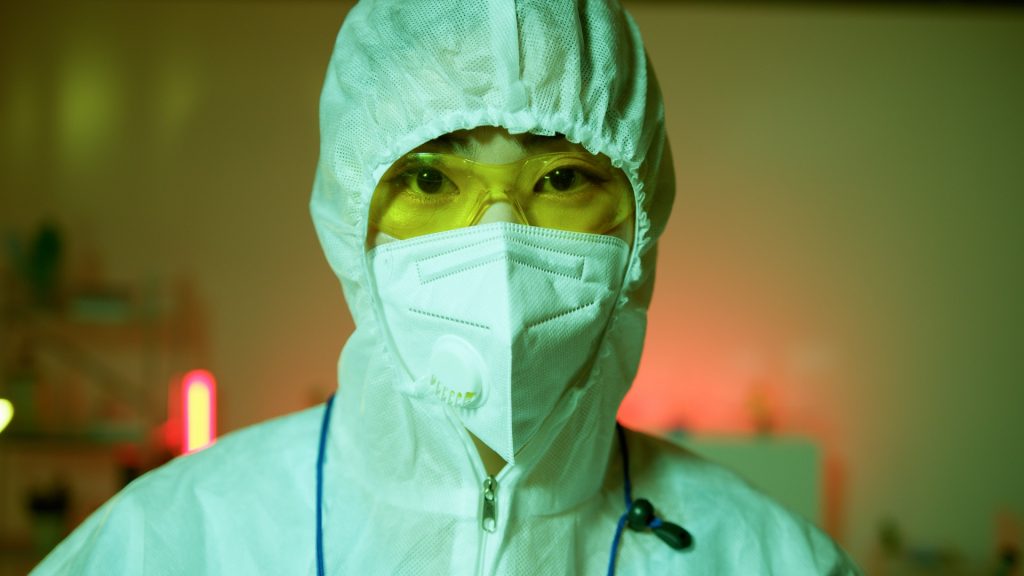Prunes Also Protect Bone Health in Men

New research published in the Journal of Food and Medicine reports that daily prunes consumption protects bone health in men over 50. This study is the first of its kind to examine the beneficial prune effect on bones in men.
Some 2 million men are estimated to be battling osteoporosis and another 16.1 million men have osteopenia, or low bone mass. Despite these numbers, bone disease in men is often overlooked.
“We’ve already seen significant evidence that prunes have a positive effect on bone health in women, so it’s particularly exciting to find that prunes can also play a beneficial role in men’s bone health. We look forward to continuing to study the ‘prune effect’ on bone and other health outcomes in men,” said lead researcher Professor Shirin Hooshmand at San Diego State University.
In this study, 57 healthy men aged 50-79 years old were randomised to either consume 100 grams of prunes every day or no prunes for twelve months. After a year, the prune consumers showed significant decreases in biomarkers of bone breakdown, while no changes were observed in the control group. The study authors also reported the men who ate prunes showed improvements in bone geometry indicating greater bone strength.
Historically, research has focused on osteoporosis and bone health in women, already indicating a favorable bone response to prunes specifically among postmenopausal women. Several studies have suggested that eating 50 to 100 grams of prunes everyday could lead to increased bone mass and decreased bone breakdown. Moreover, a recent case study earlier this year reported that total bone mineral density increased in a postmenopausal woman with osteopenia after she consumed 50 grams of prunes daily for 16 months.
“Bone health is not just a concern for women. Men need to think about how to protect their bones as well,” said Leslie Bonci, MPH, RDN and consultant with the California Prune Board. “Prunes are a shelf-stable and nutrient-packed food that provide a preventive, proactive, palatable option for men to optimize their bone health.”
While San Diego State University’s newest research is an exciting addition to existing prune-focused literature, more work on the effect of prunes on human bone health is currently underway. An upcoming study from Pennsylvania State University examines how consuming different amounts of prunes affects health outcomes in postmenopausal women over a one-year period. The study not only explores the impact of prunes on bone health, but it will also look at the prune-effect on inflammation and gut health.
Source: PR Newswire





